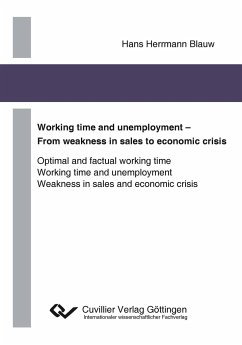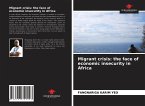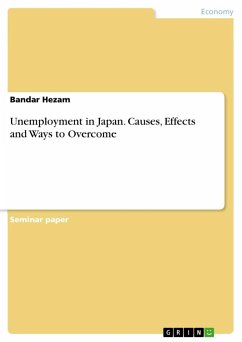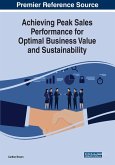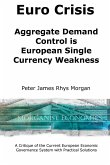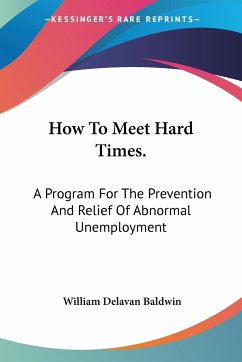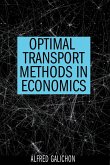It is obvious that unemployment has something to do with working time. But all the approaches to explaining unemployment have in common that they do not take into account the quantity of work per employee, as desired by suppliers and demanders, and therefore say little that is convincing about this ongoing problem. This study derives how the unemployment rate is connected with the working time. The questions are investigated theoretically and the results tested empirically using economic data for the USA, Japan and Germany from 1850 on. The optimal working time of the employee sinks when the wage rate or non-work income increase or working conditions deteriorate, and the factual working time is higher than optimal for the employee and lower than optimal for the company. The unemployment rate rises with an increasing difference of factual to optimal working time. If working time is not shortened when labour productivity increases, the unemployment rate can rise until the national income stagnates or decreases.
Bitte wählen Sie Ihr Anliegen aus.
Rechnungen
Retourenschein anfordern
Bestellstatus
Storno

